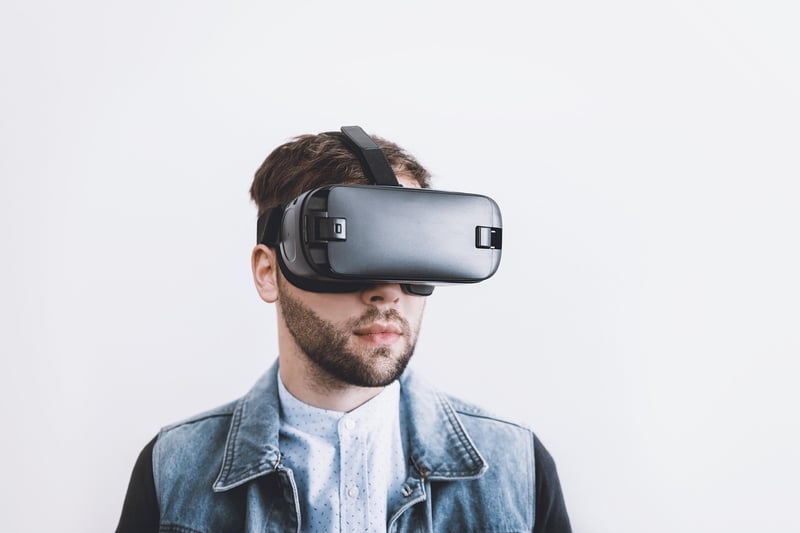Altered Realities
The Risks and Consequences of Altered Realities
Altered realities, often experienced through virtual reality (VR) or augmented reality (AR) technologies, offer exciting new ways to interact with the world around us. However, along with the benefits come risks and consequences that users should be aware of to make informed decisions about their usage.
1. Physical Health Risks
Extended use of VR headsets, for example, can lead to issues such as eye strain, dizziness, and even motion sickness. It is essential to take breaks and limit the duration of exposure to avoid these physical health risks.
2. Psychological Impact
Altered realities can blur the lines between what is real and what is virtual, leading to potential psychological consequences. Users may experience disorientation, detachment from reality, or even feelings of anxiety or paranoia.
3. Privacy Concerns
VR and AR technologies often collect vast amounts of data about users' behaviors and interactions. This data can raise significant privacy concerns, especially if it is shared with third parties without consent.
4. Social Implications
As altered realities become more prevalent, there may be social implications to consider. Users may prioritize virtual interactions over real-world relationships, leading to isolation or a disconnect from the physical world.
5. Addiction and Escapism
For some users, altered realities can become a form of escapism from real-world problems. This reliance on virtual environments for comfort or distraction can lead to addiction and neglect of real-life responsibilities.
Conclusion
While altered realities offer incredible possibilities for entertainment, education, and exploration, it is essential to approach their use with caution. By being aware of the risks and consequences associated with these technologies, users can make informed choices to ensure a balanced and healthy relationship with the virtual world.

For more information on the risks and consequences of altered realities, visit Psychology Today.
